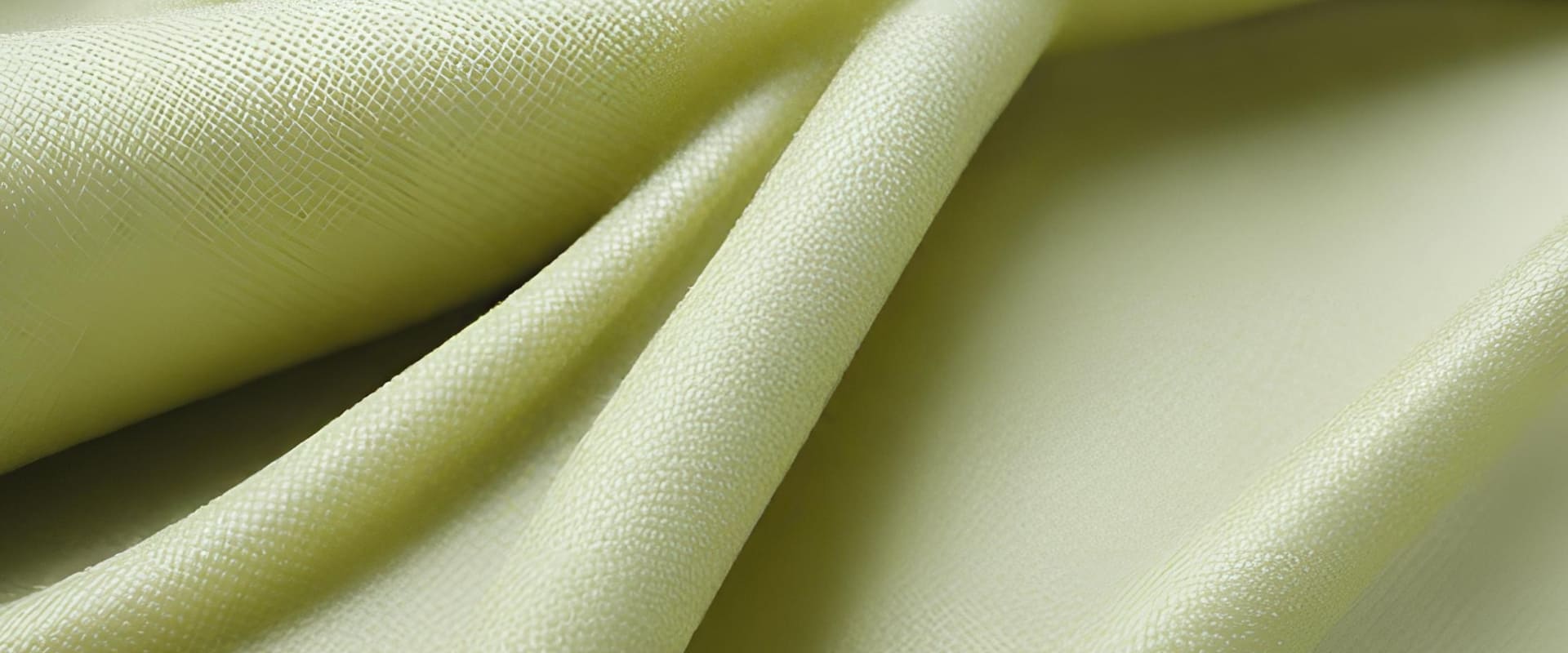Abstract
Nonwoven Fabrics are commonly used as composite material due to ease of processing, a wide range of material sources, and fast production. The strength and toughness, porosity, and density of nonwoven fabrics depend on the manufacturing parameters. Kevlar Fibers have high elongation at break and good impact resistance.
Nonwoven fabrics stand out as widely utilized composite materials due to their ease of processing, versatile material sources, and rapid production capabilities. These fabrics, formed by bonding or interlocking fibers without weaving, offer unique advantages for a variety of applications. Their production simplicity, cost-effectiveness, and adaptability to different fiber types, including natural and synthetic, make them a preferred choice in various industries.
The strength, toughness, porosity, and density of nonwoven fabrics are contingent on manufacturing parameters, allowing for tailored characteristics. Their inherent porosity enables breathability, while controllable density ensures suitability for diverse applications, including filtration. When integrated with materials like Kevlar fibers, known for their high elongation at break and excellent impact resistance, nonwoven composites become even more versatile. Kevlar's remarkable properties contribute to the overall durability and resilience of the composite material, making it suitable for applications where protection against impacts is critical. The combination of nonwoven fabrics with materials like Kevlar thus presents a composite solution that addresses a spectrum of industrial needs, ranging from textiles to automotive components.



